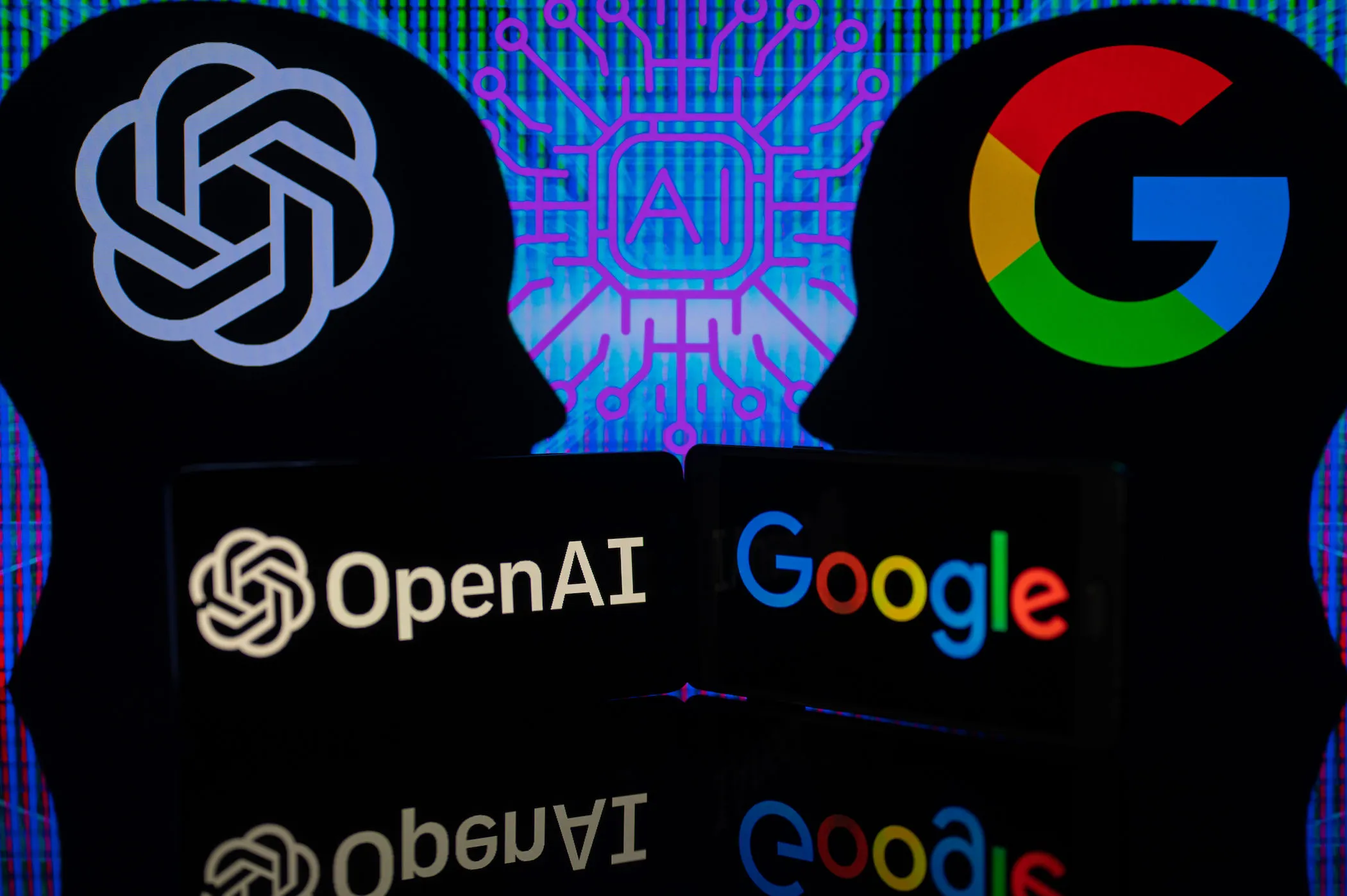Of all the technologies in the world right now, the one that arguably has the potential to change the landscape of humanity most profoundly is AI. Without a doubt, artificial intelligence is going to lead to sweeping changes in the way that almost all of us live and work. It’s impossible to imagine a future in which AI doesn’t impact things like jobs, healthcare, transport, and entertainment, and in many respects, that’s already happening in lots of areas right now.
The two AI models that are grabbing the most headlines right now are Google Bard and ChatGPT, the latter of which Microsoft has poured quite a lot of money into. In essence, these two models are in competition, and it’s basically a proxy war between Microsoft and Google for dominance of the AI space and the tech sphere by extension. Since the conversation is going to revolve around these two services for the foreseeable future, let’s take a look at both of them and examine the differences (and similarities).
What is Google Bard?
First, here’s a quick look at exactly what Google Bard is. It’s what’s known as a “large language model” that learns from large datasets in order to provide answers to queries or prompts inputted by humans. These queries could range from asking for recipes to wanting Bard to generate a song or a poem, for instance. Bard would then draw on what it knows about recipes and songs in order to fulfil that query. It differs from Google in that Bard would draw from a huge dataset from all around the web, which would, in theory, make its answers more precise and more accurate.
What is ChatGPT?
ChatGPT is also a large language model, but it’s based on a different protocol to Google Bard. Where Bard is based on an in-house model (more on which later), ChatGPT is, funnily enough, based on the GPT AI model. Without getting too technical, the difference lies in where the two draw their data from. All you need to know is that ChatGPT is essentially offering the same services as Bard, but that it’ll be integrated into Microsoft services like the Edge web browser and the Bing search engine.
What are the differences between Bard and ChatGPT?
It’s reasonable to wonder what the key differences between Bard and ChatGPT might be. After all, these are effectively two titans of the large language model world, and to a casual observer, they might look pretty similar. Here are a couple of the key differences between them.
- Investment. The first thing to know is that Google Bard is an entirely Google-owned and Google-backed initiative. It’s got Google’s money behind it and is being developed on Google’s own LaMDA protocol. Conversely, ChatGPT is owned by the startup OpenAI, but it has $1 billion of investment from Microsoft, which essentially makes it Microsoft’s answer to Bard (or rather, Bard is Google’s answer to ChatGPT).
- Availability. ChatGPT is available right now; you can access it for free (although there have been some problems recently) and ask it to do anything you want, from writing you a sonnet to creating a recipe for pumpkin pie. Bard, on the other hand, is only available to “trusted testers” right now, and it’s being rolled out in full to the public in the coming weeks.
- Systems. Google’s Bard is built on its own LaMDA system, which stands for Language Model for Dialogue Applications. ChatGPT is built on the GPT model, which works in a different way. ChatGPT is drawing from more limited data, while Bard draws from the internet, which is constantly changing and evolving. In theory, this means that Bard is more able to keep up with current trends, although it’s entirely possible that the instability of its dataset could result in problems.
Which one should you use?
There isn’t really an easy or straightforward answer to this question. The fact is that if you’re not interested in Microsoft’s ecosystem – if you don’t use Edge or Bing, and if you don’t own any kind of Xbox console – then there’s probably very little chance that you’ll ever encounter ChatGPT in a serious way. If, however, you do use any of those things, then ChatGPT is going to become part of your life, as Microsoft is pretty committed to integrating the service into its own systems.
Google’s Bard, meanwhile, isn’t even available to the public at large yet. According to Google, it’s being rolled out to testers close to the company right now, presumably so it can iron out embarrassing wrinkles like the one in which it gave an incorrect answer to a question in an advert recently. After this, the service will be rolled out to the public in the following weeks, although there’s no clear timeframe for that.
Generally speaking, Google seems to be pivoting away from the artistic implications that ChatGPT has embraced. ChatGPT generates sonnets, poetry, and stories (although it’s capable of other things, too). Bard, by contrast, is being placed as a Search augmentation, a way to help you find more information or zero in on better data.
If you’ve got a more qualitative question for Google – “is it worth learning guitar”, for instance – then Bard is likely what the search engine would use to help you find your answer. One thing’s for sure – it’s going to be very interesting indeed to follow the progress of both of these AI services.


